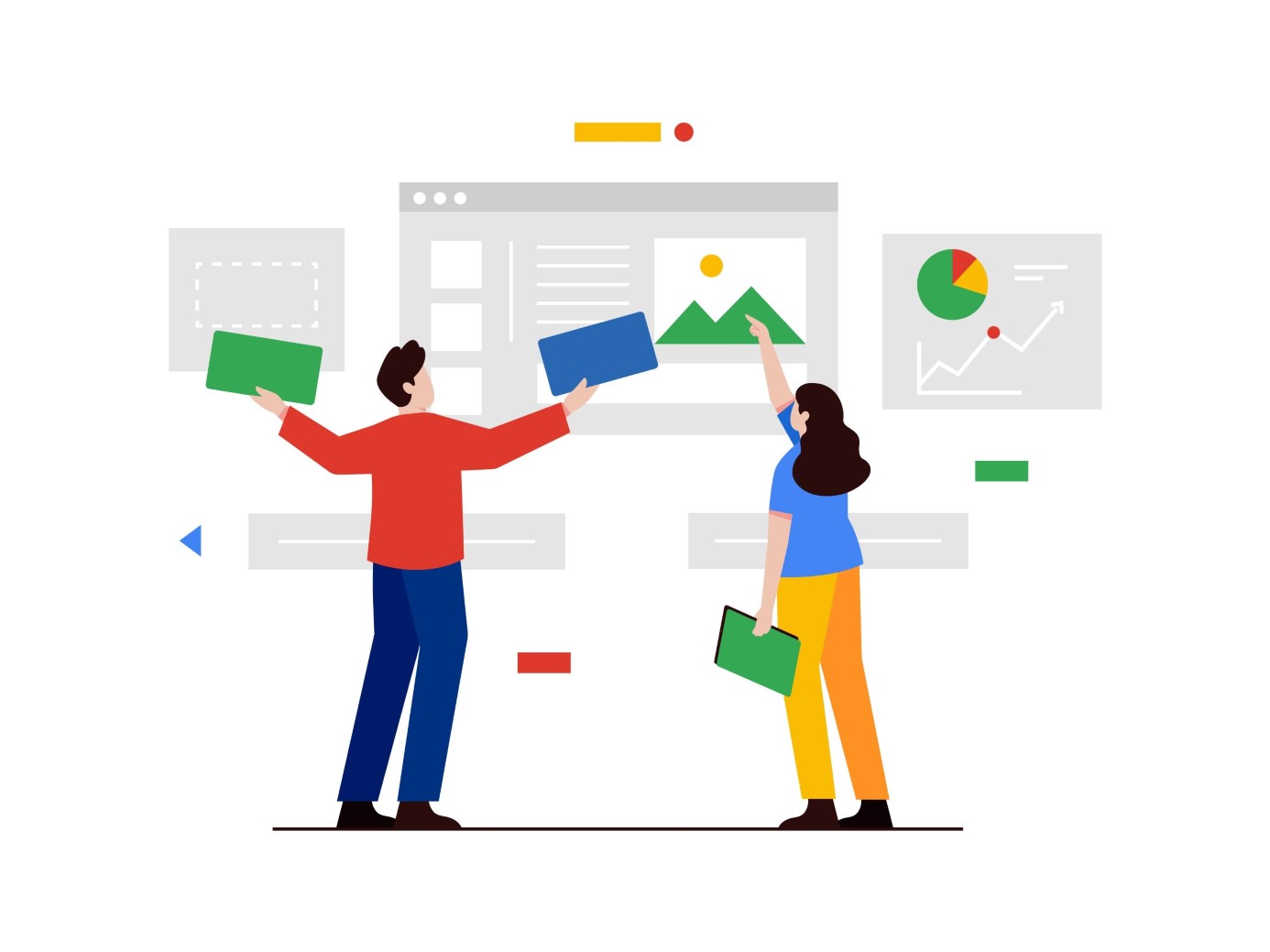Is your website design struggling to convert visitors into customers? Are you looking for ways to improve your conversion rates? Let’s dive into the world of high-converting website design!
Having a website is essential for businesses in today’s digital world. However, it’s not enough to simply have a website; it needs to be a website that converts. A high-converting website is one that turns visitors into customers, generating leads and sales for your business. In this blog post, we’ll discuss the key elements of a website that converts and provide practical examples to help you improve your own website’s conversion rates.
1. User-Friendly Website Design
A user-friendly design is crucial for a website that converts. If your website is difficult to navigate or doesn’t look appealing, visitors will quickly leave without taking any action. Here are some tips for creating a user-friendly design:
- Use clear and easy-to-read fonts
- Choose contrasting colors for text and background
- Include plenty of white space to avoid clutter
- Ensure your website is mobile-responsive
For example, imagine visiting a website with tiny, illegible text and a background color that makes your eyes water. You’d probably leave in search of a more pleasant browsing experience, right? Don’t let your website be that headache-inducing horror show.
2. Compelling Headlines and Copy
The content on your website needs to grab the attention of your visitors and persuade them to take action. Here are some tips for writing compelling headlines and copy:
- Use power words that evoke emotion
- Address your target audience’s pain points
- Keep your copy concise and to the point
- Include clear calls-to-action (CTAs)
Let’s say you’re selling a revolutionary new dog toy that can withstand even the most aggressive chewers. Instead of a headline like “Durable Dog Toy,” try something more engaging like “The Indestructible Dog Toy Your Furry Friend Will Love!” See the difference?
3. Social Proof
People are more likely to trust your brand if they see that others have had positive experiences with it. Adding social proof to your website can help increase conversions. Here are some ways to incorporate social proof:
- Display customer testimonials or reviews
- Showcase the number of satisfied customers or products sold
- Include endorsements from influencers or industry experts
For instance, if you’re selling an online course, you could include a testimonial from a satisfied student who says, “This course changed my life! I went from being a clueless newbie to a confident professional in just a few weeks!” Now that’s convincing!
4. Speed and Performance
A slow-loading website can be a conversion killer. In fact, studies have shown that a one-second delay in page load time can lead to a 7% reduction in conversions. To ensure your website loads quickly and performs well, consider the following:
- Optimize your images and videos for faster loading
- Minimize the use of heavy scripts and plugins
- Use a content delivery network (CDN) to speed up load times
Remember, every second counts when it comes to website performance. Don’t let a sluggish website be the reason your visitors abandon ship.
In conclusion, building a website that converts requires a combination of user-friendly design, compelling content, social proof, and optimal performance. By focusing on these key elements, you can create a website that not only attracts visitors but keeps them engaged and encourages them to take action, ultimately boosting your conversion rates and growing your business.
So, go forth and conquer the digital world with your high-converting website! And if you ever need help with search engine optimization, Google Ads management, or online reputation management, remember that Algorismic Tech is here to assist you in achieving your digital marketing goals.





